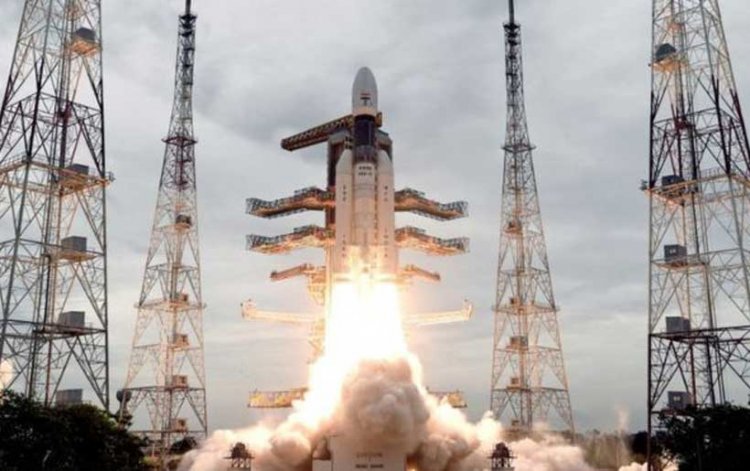India and Space Geopolitics
STORIES, ANALYSES, EXPERT VIEWS

The Artemis Accords are an agreement to abide by a broad set of principles to guide the expanding human activity on the moon – ranging from mining resources to setting up lunar colonies. The eight signatories were from Australia, Canada, Italy, Japan, Luxembourg, United Arab Emirates, United Kingdom, and the United States. Since then, many others have joined — Brazil, South Korea, New Zealand, and Ukraine.
The US has invited India to join the accords and some preliminary official discussion have taken place. Separately, at the summit of the Quadrilateral Forum that followed the bilateral discussion, Modi and Biden, along with the Australian and Japanese premiers, agreed to set up a new Quad working group on outer space. The growing commercialisation and militarisation of outer space have triggered the interest of the Quad leaders.
China’s ambitious space programme
China has the most ambitious space programme. Beijing’s lunar mission, named after the Chinese moon goddess Chang’e, was unveiled in 2007. There have been 5 launches of Chang’e space vehicles, the last one, last year brought lunar material back to the earth. The next moon missions — Chang’e 6,7, and 8 — could contribute to the construction of an International Lunar Research Station (ILRS) in the south pole of the moon. The ILRS will have a space station orbiting the Moon, a base on the surface that will have several intelligent robots performing a variety of jobs. To support the ILRS, Beijing hopes to build a super-heavy rocket Long March CZ-9 before the end of this decade. It is expected to carry at least 50 tonnes to the moon.
For a comparison of the scale, C Raja Mohan (director, Institute of South Asian Studies, National University of Singapore and contributing editor on international affairs for The Indian Express) writes “the payload of the Chandrayaan-2 launched by India’s PSLV rocket in July 2019 was about four tonnes.”
Russia has now joined hands with China on the ILRS. Russia is reviving its Luna series of probes - Luna-25 to 27 - to the moon to complement the Chinese efforts. Together, these missions will lay the basis for the second stage of ILRS — a joint construction of the lunar base — starting from 2026.
The structure of the Artemis programme, writes Mohan “is similar to China’s ILRS. It involves the construction of a permanent space station orbiting the moon, called Lunar Gateway, and a surface presence at the south pole of the moon that is supposed to have ice and could sustain future human activity. There is no doubt about the urgency in Washington about restoring America’s leadership in lunar exploration in the face of the Chinese challenge……”
Outer Space Treaty (OST)
One of the consequences of the growing lunar activity is the pressure on the current international legal regime — centred around the 1967 Outer Space Treaty (OST). The OST says outer space, including the moon and other celestial bodies, “is not subject to “national appropriation by claim of sovereignty, by means of use or occupation, or by any other means”. It declares that outer space shall be the “province of all mankind” and its use “be carried out for the benefit and in the interests of all countries”.
The sweeping universalism of the OST remains very inspiring, but according to Mohan “it was easy to celebrate it when there were no capabilities on the earth to exploit outer space for commercial and military gain. That situation is changing……Many provisions of the OST are increasingly subject to competing interpretations and vulnerable to new facts on the moon created by the first movers. The breakdown of the post-Cold War harmony among the major powers has added fuel to the fire on the moon and set the stage for a prolonged geopolitical contestation for the moon.
“That is the context in which the US is promoting the Artemis Accords to preserve the OST regime in relation to the moon and promote transparency, interoperability, emergency assistance, and peaceful international cooperation. But Russia and China don’t look enthusiastic about working with the US. That leaves other space-faring nations like India to make choices.
Need to review space strategy
“The Artemis Accords would hopefully nudge Delhi to initiate a comprehensive review of India’s interests on the moon and develop strategies to pursue them through a stronger national lunar mission and deeper partnerships with like-minded countries. Delhi must also legislate a strong regulatory framework to promote India’s space activity and protect its international interests. India should take a hard look at the emerging challenges to the current space order, review some of its past political assumptions about the nature of outer space and contribute to the development of new global norms that will strengthen the essence of the Outer Space Treaty.”
















